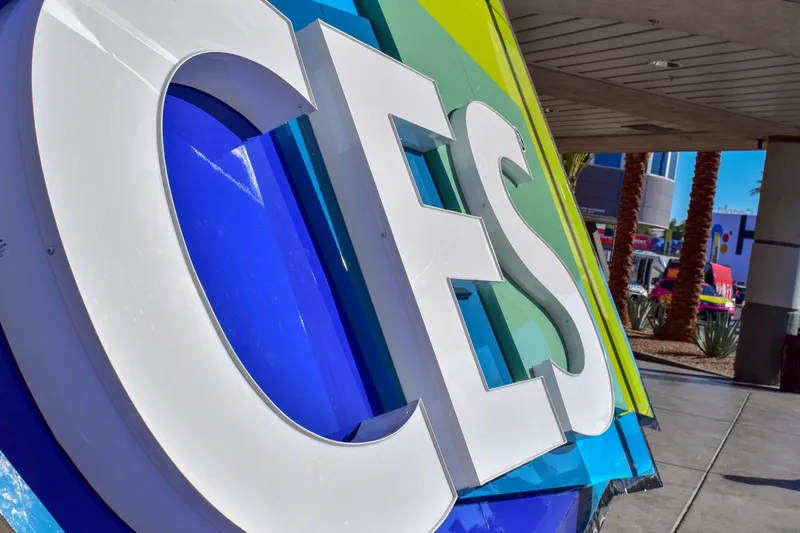Singapore-based technology group ST Engineering intends to protect its connected and autonomous vehicles (C/AVs) from cyberattacks through utilising SafeRide’s software suite, Vsentry.
Vsentry combines a zero false-positive security engine with an artificial intelligence-based anomaly uncovering and response engine to defend against known and unknown threats and anomalies. It protects vehicle connectivity channels, connected application software and the in-vehicle network to help safeguard digital assets
June 20, 2018
Read time: 1 min
Singapore-based technology group ST Engineering intends to protect its connected and autonomous vehicles (C/AVs) from cyberattacks through utilising SafeRide’s software suite, Vsentry.
Vsentry combines a zero false-positive security engine with an artificial intelligence-based anomaly uncovering and response engine to defend against known and unknown threats and anomalies. It protects vehicle connectivity channels, connected application software and the in-vehicle network to help safeguard digital assets, the company says.
The on-board solution is intended to integrate with ST Engineering’s in-house cybersecurity capabilities such as wireless connectivity and software applications to help eliminate potential vulnerabilities within the vehicles.









